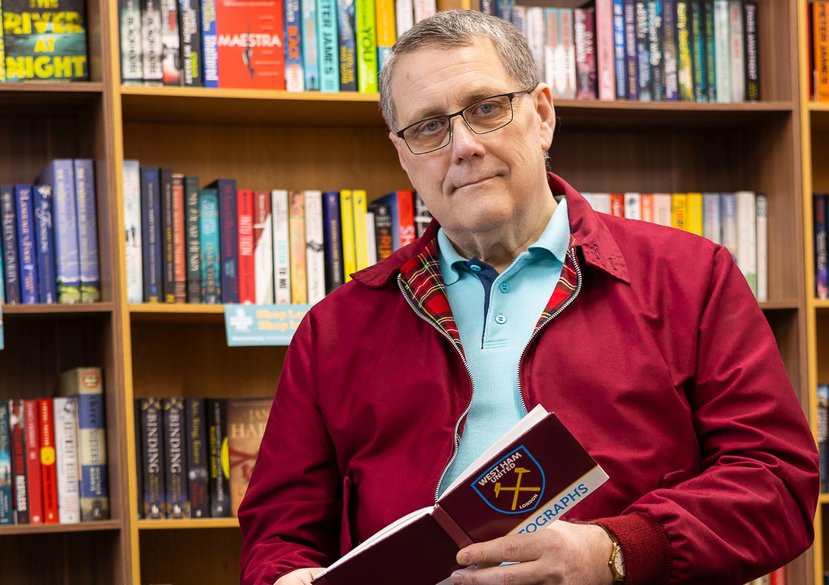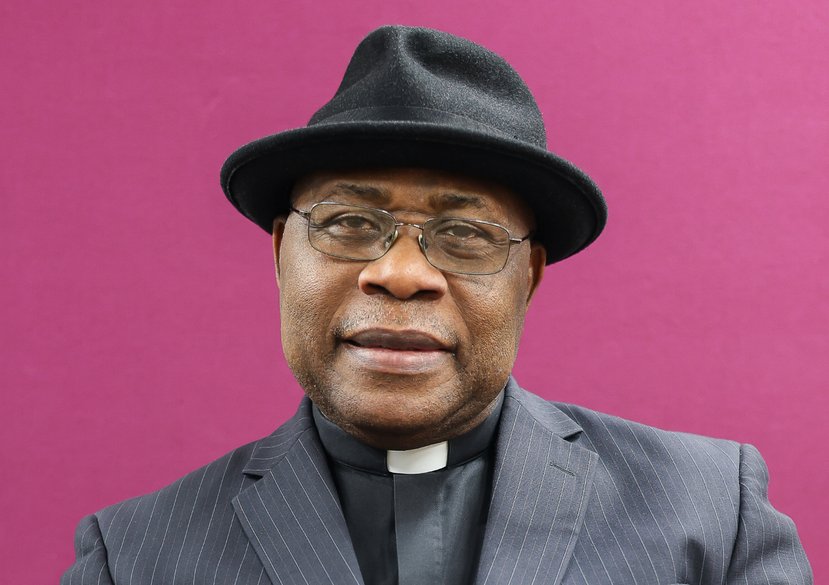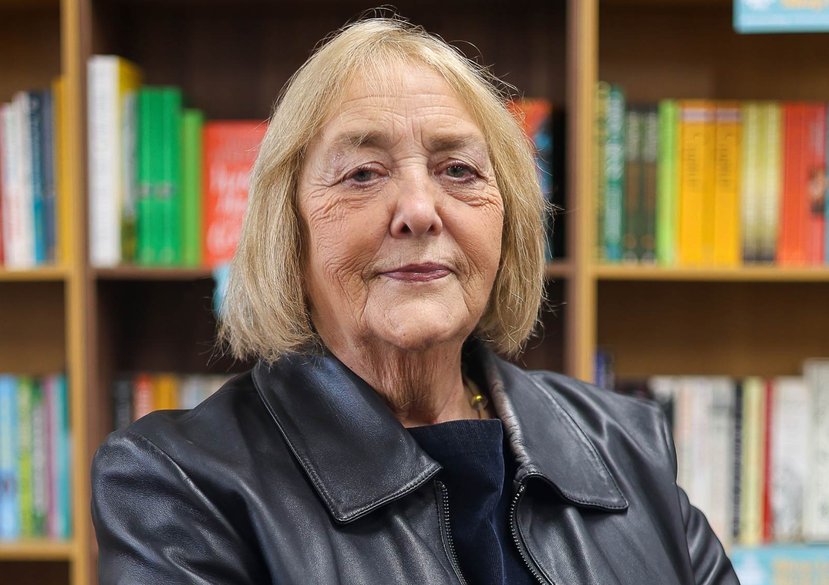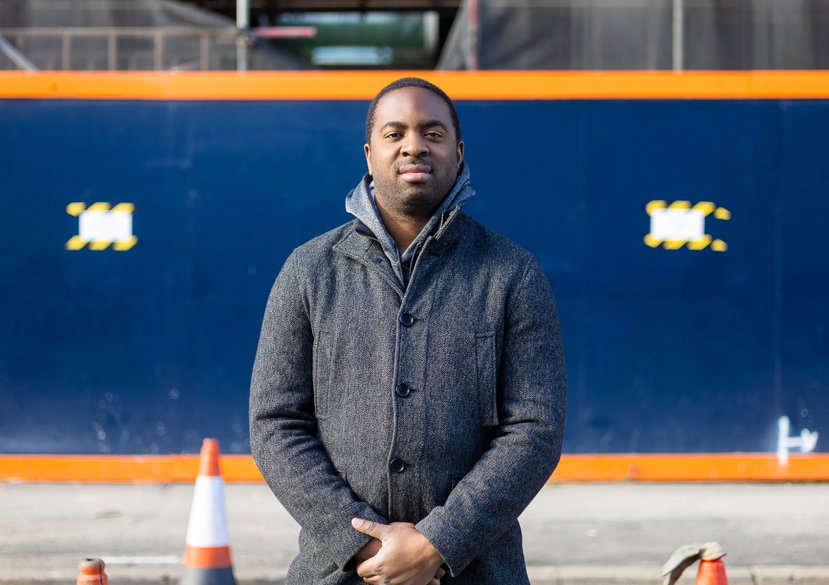
Key details
Date
- 10 June 2025
Read time
- 4 minutes
Custom House, Our House, a National Lottery Heritage Fund-supported project led by the Royal College of Art and local partners, documents the community's response to decades of regeneration in East London.
Custom House, in the east London borough of Newham, is no stranger to upheaval. Once a thriving hub of docklands industry, it has experienced both prosperity and decline over the past century—shaped by post-war devastation, economic shifts, and waves of urban neglect.
In its latest chapter, the defining word might be “regeneration.” Since 2001, Custom House has been earmarked for transformation, with long-standing promises to improve housing, infrastructure and quality of life. Officially, residents were invited into the decision-making process. But for many, that invitation felt hollow. Years on, the physical and social landscape feels more fractured than revitalised—and many locals believe their voices have been sidelined in favour of outside interests.
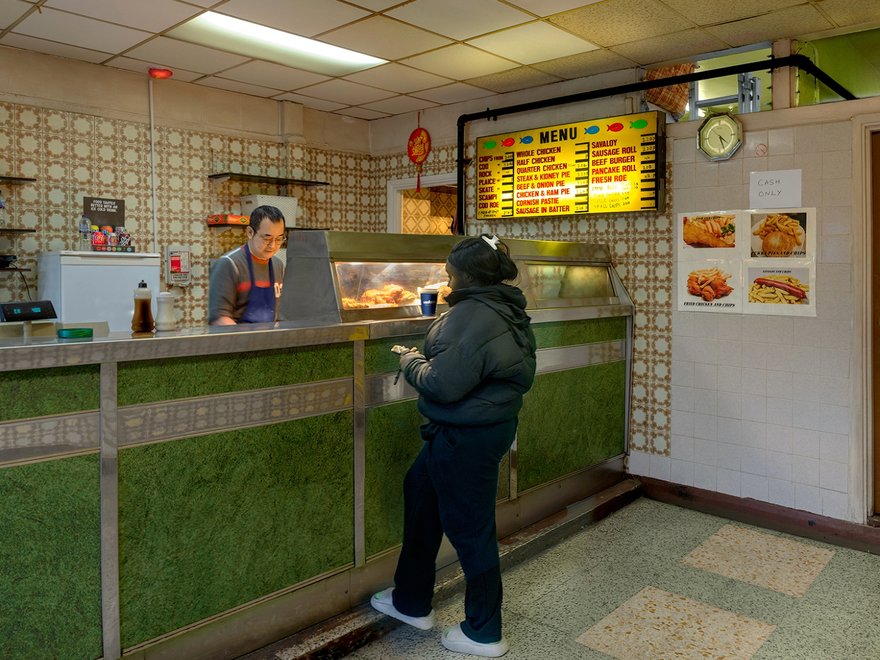
Pacific Fish Bar (2025) by Chris Dorley-Brown, from Custom Made series, commissioned by Royal College of Art for Custom House, Our House, funded by The National Lottery Heritage Fund (2024-25)
Frustration over decades of top-down planning—and the community’s often overlooked resistance to it—was the starting point for Custom House, Our House. Launched in April 2024 with support from The National Lottery Heritage Fund, the project is a collaboration between the Royal College of Art, Custom House Bookshop, Newham Heritage Service, Newham Libraries and Rosetta Arts.
“Knowledge of how Custom House residents have worked collectively to hold power holders to account, to pressure Newham Council to act and include residents in decision-making about the future of their area, to resist a regeneration ‘done to’ rather than with them, is crucial for Custom House communities so they can learn from and build upon existing community power,” says Jessie Brennan, a grantee and RCA Tutor on the Visual Communications course. “This is precisely what motivated this heritage project.”
“‘Custom House, Our House’ represents empowered communication through capturing and amplifying nuanced multi-generational perspectives.”
Dean of the School of Communication at the RCA

Parade (2025) by Chris Dorley-Brown from Custom Made series, commissioned by Royal College of Art for Custom House, Our House, funded by The National Lottery Heritage Fund (2024-25)
Kerry Curtis, Dean of the School of Communication at the RCA added: “‘Custom House, Our House’ represents empowered communication through capturing and amplifying nuanced multi-generational perspectives. This project underscores Jessie Brennan’s and the RCA’s dedication to inclusivity by foregrounding diverse voices in the vital storytelling around community-led regeneration efforts, whilst providing important training opportunities for underrepresented groups in the heritage sector.”
At its core, the project seeks to record and celebrate the knowledge and activism of local people who’ve spent years trying to shape the regeneration of their neighbourhood—from members of the People’s Empowerment Alliance for Custom House (PEACH) to individuals within the Custom House Regeneration Steering Group. These residents have worked not only to hold authorities accountable but to put forward community-led alternatives. Until now, much of this work has gone undocumented.

Normandy (2024), from Custom Made series, commissioned by Royal College of Art for Custom House, Our House, funded by The National Lottery Heritage Fund (2024-25). Image by Chris Dorley-Brown.
“That’s what makes this area good: the people, not the dwellings. Yes they matter…but the good will come from the people.”
Custom House resident
Twelve oral history interviews were recorded from Custom House residents, shopkeepers, and stakeholders – including the Mayor of Newham – from a range of demographic groups. These important records sit alongside two photographic commissions: Inés Yearwood-Sanchez has made 12 photographic portraits of oral history interviewees and Chris Dorley-Brown has captured Custom House heritage through the area’s street life. By collecting oral histories and producing photographic commissions that reflect both past and present, Custom House, Our House creates a public record of the area's grassroots efforts—ensuring that future residents can learn from those who came before them, and that local voices remain central to the story of Custom House.

Excel (2024), from Custom Made series, commissioned by Royal College of Art for Custom House, Our House, funded by The National Lottery Heritage Fund (2024-25).Image by Chris Dorley-Brown.
James Blewitt, who was interviewed as part of the oral histories collection, lived in Custom House for the first ten years of his life, and returned 17 years ago. In the last 30 years, he says a lot of residents have become transient, partly due to short tenancy arrangements and costly rent. But historically, it has been a warm and welcoming place to live. “Thirteen years ago, on December 2, my stepson was murdered and the support we got from the local people was unbelievable,” recalls Blewitt, in his oral history recording. “For three months afterwards we had up to 200 people a day coming in to talk, have a cup of tea, bringing us cakes, bringing us food. Unbelievable. You wouldn't have got there anywhere else. That’s what makes this area good: the people, not the dwellings. Yes they matter…but the good will come from the people.”

